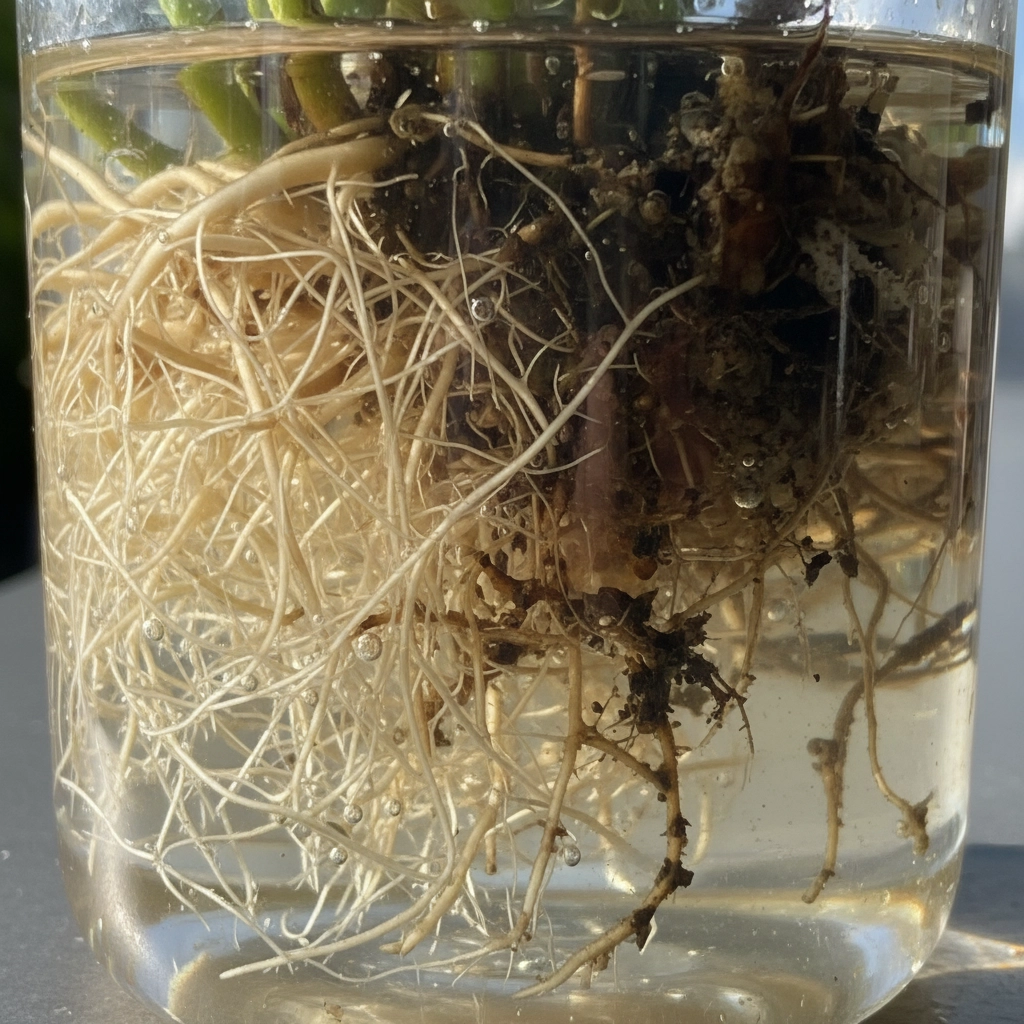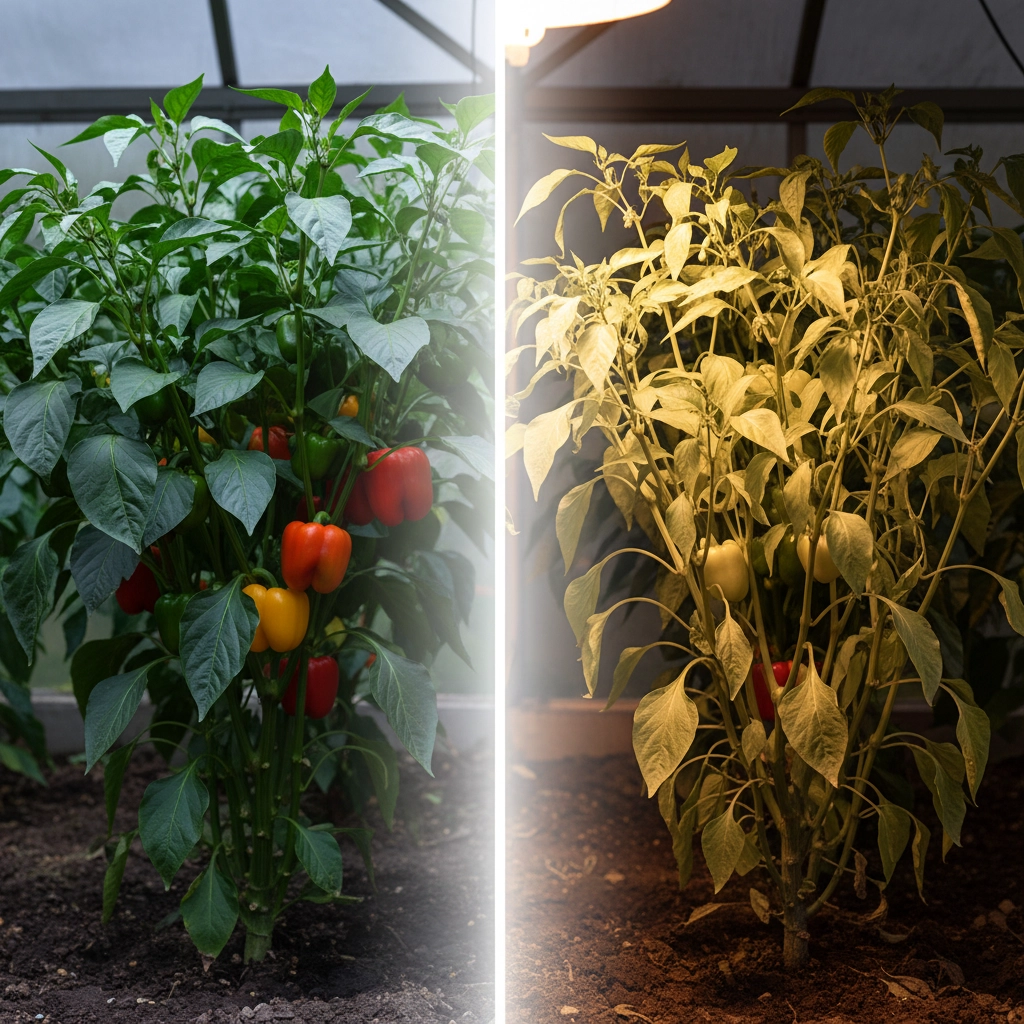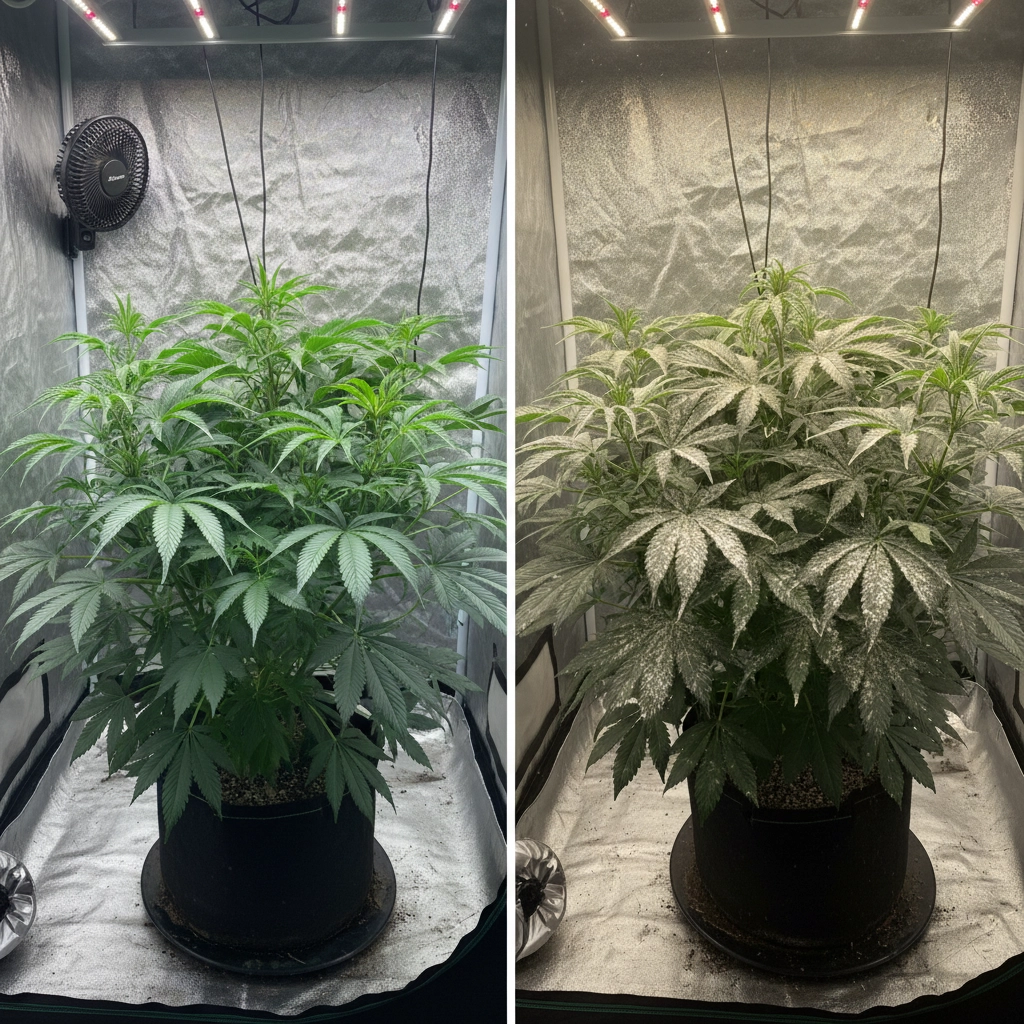Blog
Are You Making These 5 Costly Mistakes with Your Indoor Gardening Setup? (Plus the Quick Fix)
Sarah from Colorado thought she had a green thumb. After all, she'd successfully kept a few houseplants alive for years. But when she decided to set up her first serious indoor growing operation in her basement, everything went sideways fast. Within six weeks, she'd lost three flats of seedlings, watched her prize tomato plants turn yellow and wilt, and spent over $400 on equipment that wasn't working.
Sound familiar? Sarah's story isn't unique. In fact, she made the same five costly mistakes that trip up 80% of new indoor growers: and even some experienced ones. The good news? Each of these mistakes has a straightforward fix that can save you hundreds of dollars and months of frustration.
Let's dive into the real stories behind these common setup failures and the quick solutions that actually work.
Mistake #1: The "More Water = Happier Plants" Trap
The Story: Mike, a first-time hydroponic grower from Texas, was so excited about his new system that he checked on his plants three times a day. Every time the growing medium looked even slightly dry, he'd add more nutrient solution. "I figured plants need water to grow, so more water meant faster growth," he explains.
Within two weeks, his basil plants developed brown, mushy roots. The leaves turned yellow from the bottom up, and despite his best efforts to "fix" the problem with even more nutrients, the entire crop was dead within a month. Mike had fallen victim to the most common indoor growing mistake: overwatering.

Why This Happens: Plant roots need oxygen just as much as they need water. When growing medium stays constantly saturated, roots literally drown. The anaerobic conditions also promote harmful bacteria and fungi that attack weakened root systems.
The Quick Fix:
- Check before you water: Stick your finger 1-2 inches into the growing medium. If it's still moist, wait.
- Establish a routine: Most indoor plants need watering every 2-4 days, depending on container size and environmental conditions.
- Improve drainage: Ensure your containers have adequate drainage holes and use well-draining growing mediums like coco coir mixed with perlite.
- Use the lift test: Learn how much your containers weigh when properly watered versus dry. This becomes your most reliable gauge.
For hydroponic setups, consider upgrading to fabric grow pots that provide superior aeration and prevent root circling.
Mistake #2: The "Any Light Will Do" Assumption
The Story: Jessica converted her spare bedroom into a growing space but wanted to keep costs down. She bought the cheapest LED panels she could find on an auction site and hung them about four feet above her plants. "They're bright and use less electricity than those big HPS lights," she reasoned.
Three months later, her pepper plants were tall, spindly, and had produced exactly zero peppers. Her lettuce was bitter and bolted early. The cheap LEDs were putting out plenty of visible light but virtually no usable spectrum for photosynthesis.
Why This Happens: Plants don't just need bright light: they need the right spectrum at the right intensity. Many budget LEDs prioritize lumens (what humans see) over photosynthetically active radiation (what plants need). Distance matters too: light intensity follows the inverse square law, meaning doubling the distance quarters the intensity.
The Quick Fix:
- Invest in proper grow lights: Quality LED grow lights designed for horticulture include full spectrum and appropriate photon density.
- Mind the distance: Most LED grow lights should be 12-24 inches from plants, depending on wattage and plant requirements.
- Know your plants' needs: Leafy greens need 20-30 DLI (daily light integral), while fruiting plants need 35-50+ DLI.
- Use a light meter: A simple PAR meter takes the guesswork out of light placement.
The Kind LED grow light collection offers excellent full-spectrum options that provide the right light quality at various price points.
Mistake #3: The Silent Killer - Poor Air Circulation
The Story: David set up his grow tent in a windowless basement room and focused entirely on lights, nutrients, and watering schedules. Within six weeks, he noticed white fuzzy spots on his plant leaves. By week eight, powdery mildew had spread throughout his entire crop.
"I had everything else dialed in perfectly," David recalls. "Great lights, proper nutrients, careful watering. But I never thought about air movement." The stagnant air in his sealed environment created perfect conditions for fungal diseases.

Why This Happens: Plants need fresh air for several reasons: carbon dioxide for photosynthesis, oxygen for root respiration, and air movement to prevent moisture buildup on leaf surfaces. Stagnant air also prevents proper transpiration, which plants use to regulate temperature and transport nutrients.
The Quick Fix:
- Install circulation fans: Use oscillating fans to keep air moving continuously throughout your growing space.
- Create air exchange: Set up intake and exhaust fans to bring in fresh air and remove stale air.
- Don't overcrowd: Leave space between plants for air to circulate freely.
- Monitor humidity: Keep relative humidity between 40-60% during vegetative growth and 40-50% during flowering.
For contained growing environments, consider investing in proper growing tents with integrated ventilation systems.
Mistake #4: Container Catastrophe - Wrong Pot Choices
The Story: Lisa wanted to maximize her growing space, so she started all her plants in small containers planning to transplant later. But as her tomatoes grew, she kept putting off the transplant. "They looked fine," she remembers. By the time she realized the plants were root-bound, the root systems were circling the containers in dense spirals.
Even after transplanting to larger containers, her plants never recovered their vigor. The circled roots continued restricting nutrient and water uptake, resulting in stunted growth and poor yields.
Why This Happens: Plants outgrow their containers faster than most people realize. Root-bound plants can't absorb nutrients efficiently, become more susceptible to stress, and often never reach their full potential even after transplanting.
The Quick Fix:
- Start with appropriate sizes: Use containers that will accommodate your plants' full root system development.
- Choose the right material: Fabric pots naturally prevent root circling through air pruning.
- Plan your transplant schedule: Research your plants' growth rates and plan container upgrades before they become root-bound.
- Watch for warning signs: Plants that wilt quickly after watering or show slowed growth may be root-bound.
The key is matching container size to plant needs from the start rather than trying to upgrade along the way.
Mistake #5: Water Quality Neglect - The Hidden Yield Killer
The Story: Robert had everything dialed in perfectly: or so he thought. His hydroponic system was running smoothly, his nutrients were premium quality, and his pH readings looked good. But his plants kept showing signs of nutrient deficiency despite aggressive feeding.
The problem? His tap water had extremely high dissolved solids (over 400 ppm) and high chloramine levels. The poor water quality was creating nutrient lockout and stressing his plants' root systems.

Why This Happens: Water quality affects everything in your growing system. High dissolved solids can interfere with nutrient uptake. Chloramine and chlorine stress beneficial microorganisms. Hard water can create pH swings and nutrient precipitation.
The Quick Fix:
- Test your source water: Know your water's pH, EC/TDS, and chlorine/chloramine levels before building your nutrient program.
- Use water conditioning: Products like Drops of Balance help optimize water quality for plant uptake.
- Filter when necessary: If your tap water is problematic, invest in an RO system or use filtered water.
- Let chlorinated water sit: If using chlorinated tap water, let it sit uncovered for 24 hours before use.
Many growers overlook water quality because it's invisible, but it's often the difference between mediocre and exceptional results.
The Bottom Line: Prevention Beats Problem-Solving
Each of these mistakes shares a common theme: they're much easier to prevent than to fix after the fact. Sarah, Mike, Jessica, David, Lisa, and Robert all learned these lessons the expensive way. You don't have to.
The most successful indoor growers are the ones who take time to understand their plants' fundamental needs before investing in equipment. Start with the basics: proper containers, adequate lighting, good air circulation, quality water, and appropriate watering practices: and build from there.
Your plants will tell you what they need if you learn to read the signs. Yellow leaves might mean overwatering, not nutrient deficiency. Leggy growth probably indicates insufficient light, not genetics. Slow growth could be poor air circulation, not feeding problems.
Take it from the growers who've been there: invest in understanding your system before you invest in expensive solutions. Your plants: and your wallet( will thank you.)
